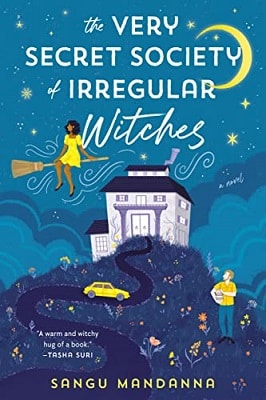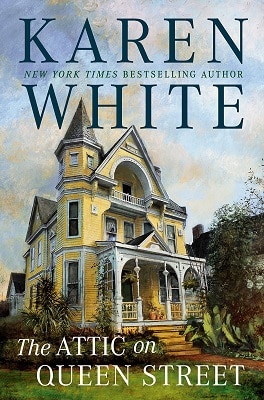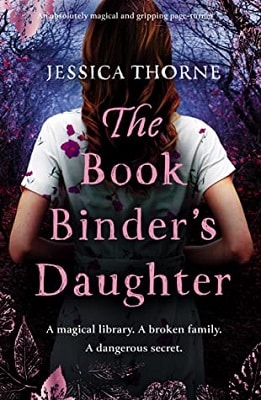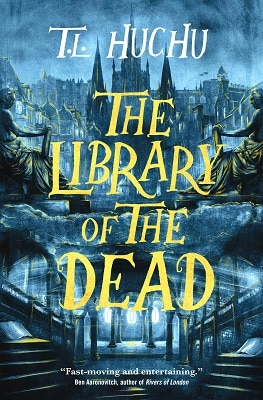
Feature
Serial Killers
Lynn-Steven Johanson
Sometimes we know their names: Ted Bundy and John Wayne Gacy. And when we don’t, they are assigned a moniker: the I-70 Killer and Jack the Ripper. They are indelibly stamped on our collective consciousness, and people are fascinated by these individuals who are known as “serial killers,” a term coined by FBI special agent Robert Ressler, who along with special agent John Douglas, founded the Bureau’s Behavior Analysis Unit.
While most will agree that serial killers are monsters, they are usually not scary, physically. In fact, the majority of them appear normal and successfully blend into their respective communities. Hiding in plain sight, many are gainfully employed, live in middleclass neighborhoods, are married, and have families. These offenders have been presidents of their churches, boy scout leaders, decorated military veterans, and Bible readers. One could be your next-door neighbor and you would never know it.
Significant research has gone into exploring the serial killer phenomenon, much of it by the F.B.I. which began developing criminal profiling techniques, particularly after establishing its Behavior Analysis Unit in 1985. At the center of this profiling is a theory developed by FBI profiler Roy Hazelwood in which the crime scene of a serial killer can be classified as “organized” or “disorganized.”
Hazelwood based his classification on in-depth prison interviews with serial killers, conducted by Ressler and Douglas. His theories, along with information from a project by the FBI’s National Center for the Analysis of Violent Crime, were published in 1992 in the Crime Classification Manual: A Standard System for Investigating and Classifying Violent Crimes. In it, three types of serial killers were identified. The first is the organized offender who tends to be methodical, planning his crimes ahead of time, abducting his victims, murdering them in one place and disposing of the bodies somewhere else. The organized offenders make it difficult for authorities to apprehend them because they are cunning, covering their tracks with great care and often being knowledgeable in forensic science. Some have even corresponded with law enforcement authorities as they tend to take pride in their crimes and follow the investigations in the news media.
advertisement
The organized offenders often possess social abilities and interpersonal skills that allow them to develop relationships. Many have friends, lovers, wives, and families. Their victims are likely to go with them because it is easy for these individuals to use their charm and play on their victims’ sympathies.
After arrests have been made, surprised acquaintances stated they could not believe he could harm anyone. Ted Bundy, John Wayne Gacy, and Dennis Rader (BTK Killer) are examples of organized serial killers.
The second type is the disorganized offender, which commonly includes women. While the organized offender generally has three separate crime scenes (the points of the abduction, the murder, and the body disposal), the disorganized offender has only one. The killer makes no attempt to hide the body, and it is usually left where the attack occurs. This offender does not pre-plan a kill. Rather, the act is impulsive, and a blitz attack is often used where sudden and violent force is employed against a victim.
These murders are frequently marked by excessive and/or sexual violence. Because there is no concern for the corpse, the crime scene is usually messy and evidence such as fingerprints and DNA are occasionally left at the scene.
Disorganized offenders are more likely to be loners, often unemployed, having few friends. They primarily live alone and feel isolated from others. Many have a history of mental illness, and research has shown they have fewer communication and social skills, and lower I.Q.s than organized offenders. If they are young, alcohol or drug abuse may be part of their social life.
Disorganized offenders are far more likely to have grown up in a dysfunctional family environment where physical or sexual abuse may have occurred. As a result, they often have sexual issues arising from their youth. They may also suffer from mental illness based on these early experiences. Jack the Ripper, Edmund Kemper (The Co-Ed Killer), and Jeffrey Dahmer are examples of disorganized serial killers.
The third type is referred to as the mixed offender in which the killer displays characteristics of both the organized and disorganized types. For example, this offender may plan the murder and prepare for it with equipment like a knife, gloves, etc. But the crime scene is left in disarray for one reason or another.
The mixed offender can also occur when more than one person is involved or when a single offender’s modus operandi evolves due to psychological changes that occur as his murders continue. An example of the mixed offender would be the Zodiac Killer.
Characteristics of these three types are not rigid. One will always find exceptions. For instance, Edmund Kemper, a disorganized offender, had an I.Q. of 145. However, these classifications help guide the criminal profiler in the creation of a profile that serves as a tool for law enforcement authorities in identifying and ultimately apprehending an offender.
About the Author
Lynn-Steven Johanson is an award-winning playwright and novelist living in Illinois. His mystery novels, Rose’s Thorn and Havana Brown, are published by Level Best Books. His next mystery, Corrupted Souls, will be published in 2022. He is a graduate of the University of Nebraska-Lincoln and is retired from Western Illinois University.
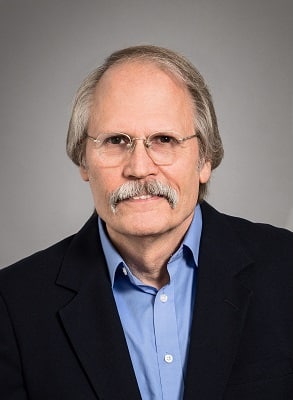
Mystery Features
Horror Through the Ages
A Journey Through Time and Terror
Technology in Horror
When gadgets become nightmares
Female Characters in Horror
From Victims to Heroes
Mystery Reads
advertisement










